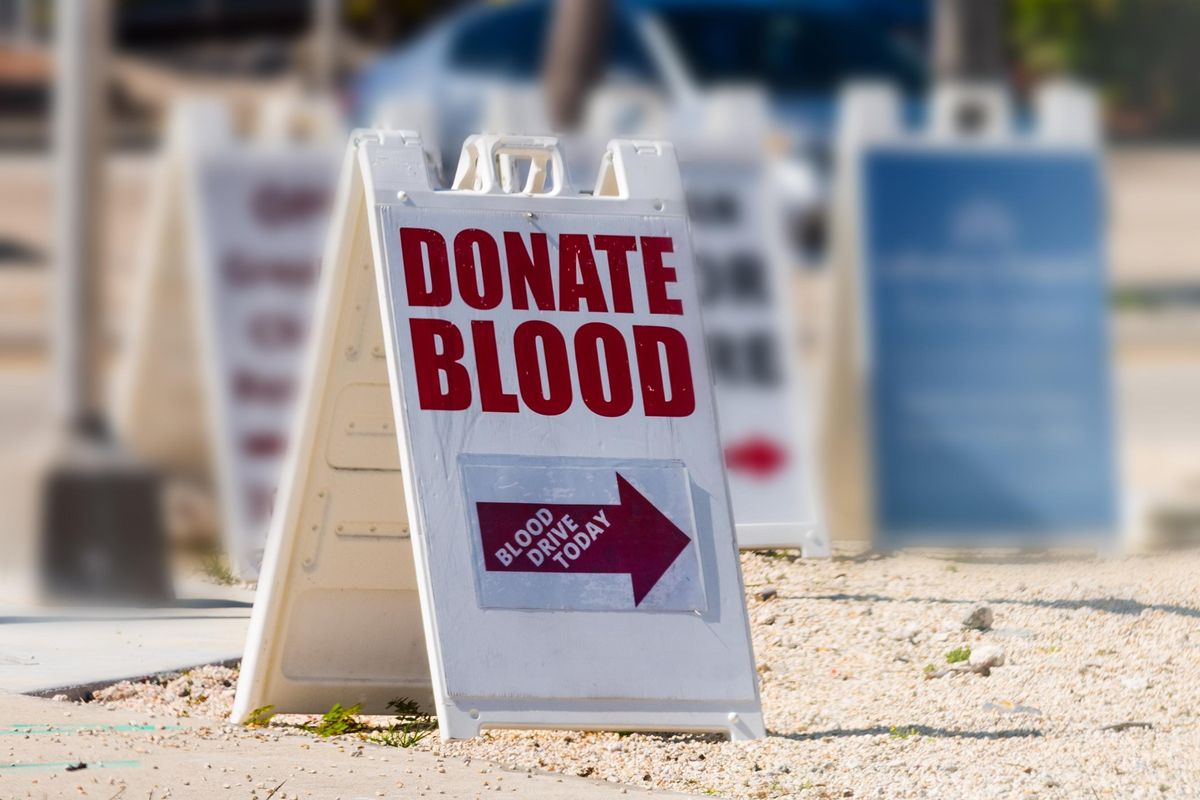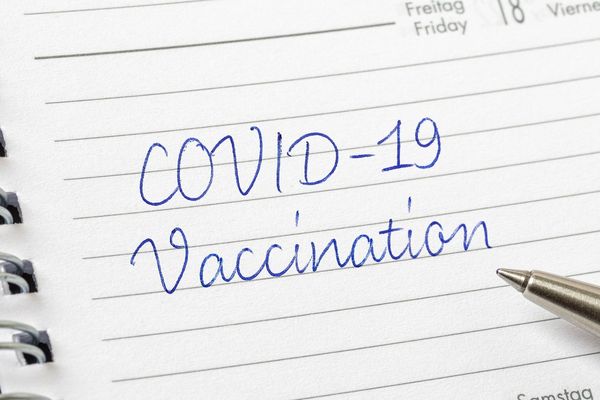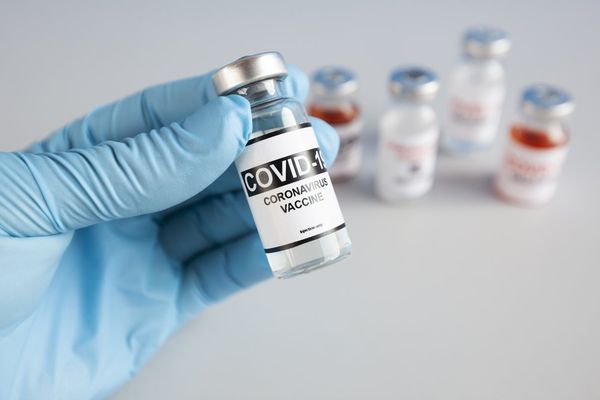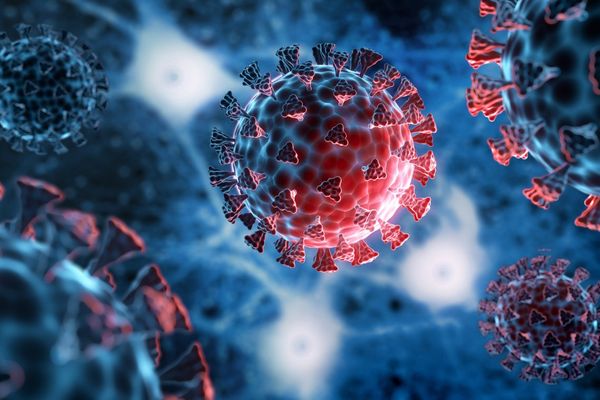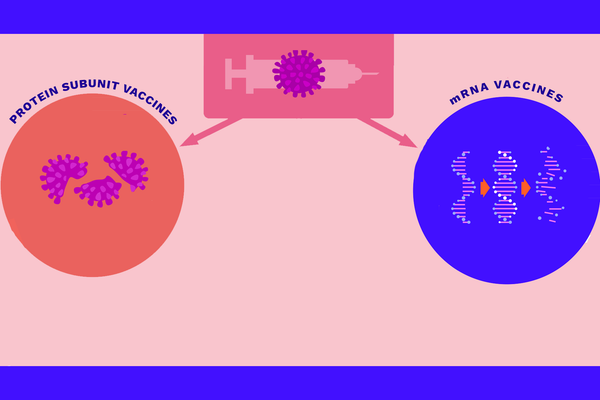By Anna Nagurney, UMass Amherst
The blood supply in the U.S. is now at its lowest level in over a decade.
Many of the nation’s blood centers currently have only a one-day supply of some blood types in inventory. This is dangerous because blood transfusions are needed for many surgeries. Blood is also used in the treatment of diseases like sickle cell anemia and certain cancers – and is critical to help those who suffer injuries from accidents or disasters.
In January 2022, the American Red Cross declared its first-ever national blood crisis. A joint statement by the American Hospital Association, the American Medical Association and the American Nurses Association said that the “severity and duration of this shortage could significantly jeopardize the ability of health care providers to meet the many urgent needs of our patients and communities.”
A consistent supply of blood is essential to the nation’s health. Blood is a precious lifesaving product that cannot be manufactured but must be donated. No substitute for blood exists.
Each day the U.S. needs about 29,000 units of red blood cells, 5,000 units of platelets and 6,500 units of plasma, according to the American Red Cross. The average blood transfusion is for three units, with a victim of a car accident requiring as many as 100. A single donation can help more than one patient. Convalescent plasma may even be used as a treatment against COVID-19, a possibility our team has been researching.
I am a professor and director of the Virtual Center for Supernetworks at the University of Massachusetts Amherst. My expertise is supply chains, including perishable product supply chains such as blood. The COVID-19 pandemic, heading into its third year, has exacerbated the challenges associated with the nation’s blood supply chains. Let me explain.
Two years of dramatic change
At the onset of the pandemic in the winter of 2020, with growing fear and uncertainty, blood collections at many schools and other sites that traditionally hosted mobile blood drives closed. Throughout the nation, elective surgeries were canceled and procedures to preserve blood put into place.
Even before the pandemic, blood service organizations faced many challenges – including economic ones – and the U.S. blood supply chain was going through major shifts. In pre-pandemic times, less than 10% of the U.S. population would donate blood in a given year, although 38% were eligible. Moreover, blood is perishable, with red blood cells lasting 42 days, and platelets only five days, so regular replenishment is essential.
But in the past two years, since the World Health Organization declared the COVID-19 pandemic, unforeseen ripple effects have resulted in an immense demand for blood. Many people delayed medical treatment and may now be suffering from more advanced disease. An increase in gun violence, drug overdoses, automobile accidents – some due to driving under the influence as a consequence of pandemic-induced stress and challenges – and other trauma during the pandemic have also led to escalating demand for blood.
The American Red Cross reports that since March 2020, blood donations have decreased by 10%, with a decrease of 62% in college and high school blood drives as many of those locations went remote. This age group represented about a quarter of all the donors in 2019, with a drop to about 10% of all donors during the pandemic.
Most recently, donors who have tested positive with the highly transmissible omicron variant have had to cancel scheduled appointments for donating blood. The U.S. Food and Drug Administration recently released guidelines with updated information for blood establishments regarding blood donations in the pandemic. Donating blood is itself safe and, importantly, according to the FDA, globally there have been “no reported cases of transfusion-transmitted coronavirus, including SARS-CoV-2.”
The American Red Cross provides about 40% of the blood and blood components that are needed in the U.S.. Donors can also donate blood at local community blood centers or hospitals, at Vitalant – formerly United Blood Services – or at member organizations of America’s Blood Centers. These make up North America’s largest network of nonprofit community blood centers and operate more than 600 blood donation collection sites.
Not just numbers
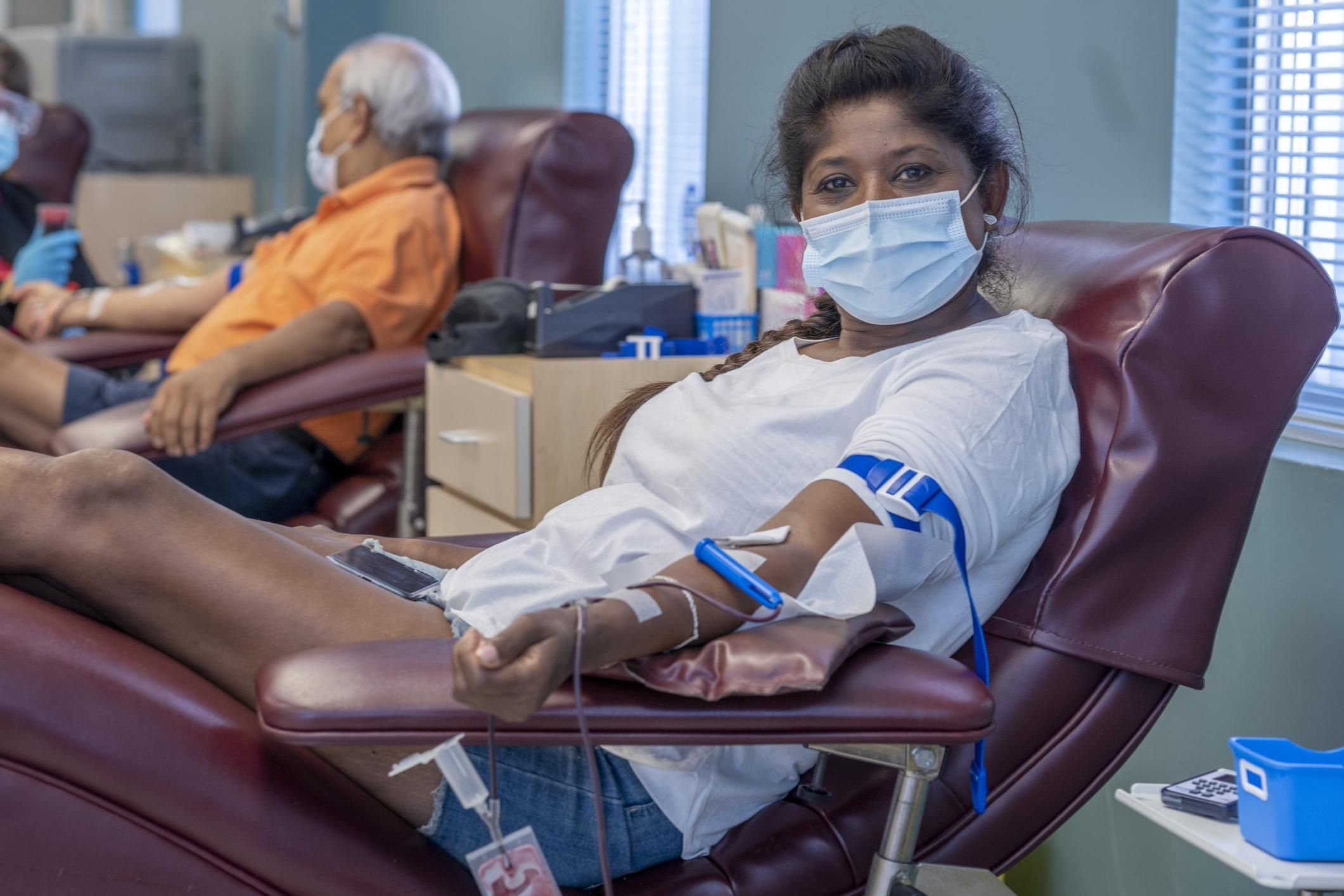
iStock.com/FatCamera
When it comes to blood shortages, people’s lives are on the line, and the stories are very personal.
A young pregnant mother in Louisiana who was suffering from COVID-19 and internal bleeding survived just long enough to see her newborn daughter, thanks to blood donations. An 11-year-old girl in West Virginia who is battling bone cancer has received 18 blood transfusions. An 8-year-old girl in Texas is suffering from T-cell leukemia and relies on blood donations, but numerous blood drives in her area were canceled. These are just a few examples.
And the ability to receive regular transfusions is a matter of life or death for those with certain illnesses.
The many links involved in blood supply
The blood supply chain is incredibly complex. It consists of the collection of donations, testing, processing and distribution, with ultimate transfusion to recipients at health care facilities. Along with “getting blood from donor to recipient,” ample supplies are needed for collection, testing and transfusion.
Less well recognized, but of immense importance, is the labor required in this supply chain, which, along with the donors, serves as the backbone. Throughout the pandemic, workers have been getting sick from COVID-19 and many have, sadly, lost their lives. The reduction in labor availability, along with decreases in productivity, have affected supply chains from food to health care.
With COVID-19 infection rates surging across the nation, blood collection services are also suffering from labor shortfalls, including of blood collection specialists. The Red Cross is reporting that staffing shortages in parts of the country are among the biggest hurdles now, with higher wages being offered in this health care sector to attract workers.
[Over 140,000 readers rely on The Conversation’s newsletters to understand the world. Sign up today.]
Easing restrictions – such as those on gay and bisexual men – could increase the availability of blood by about 2% to 4%. This is now being considered. As we approach the third year of the pandemic, the need for blood donations and for supporting this complex supply chain is even greater than at the onset of the pandemic.![]()
Anna Nagurney, Professor and Chair in Integrative Studies, UMass Amherst
This article is republished from The Conversation under a Creative Commons license. Read the original article.

